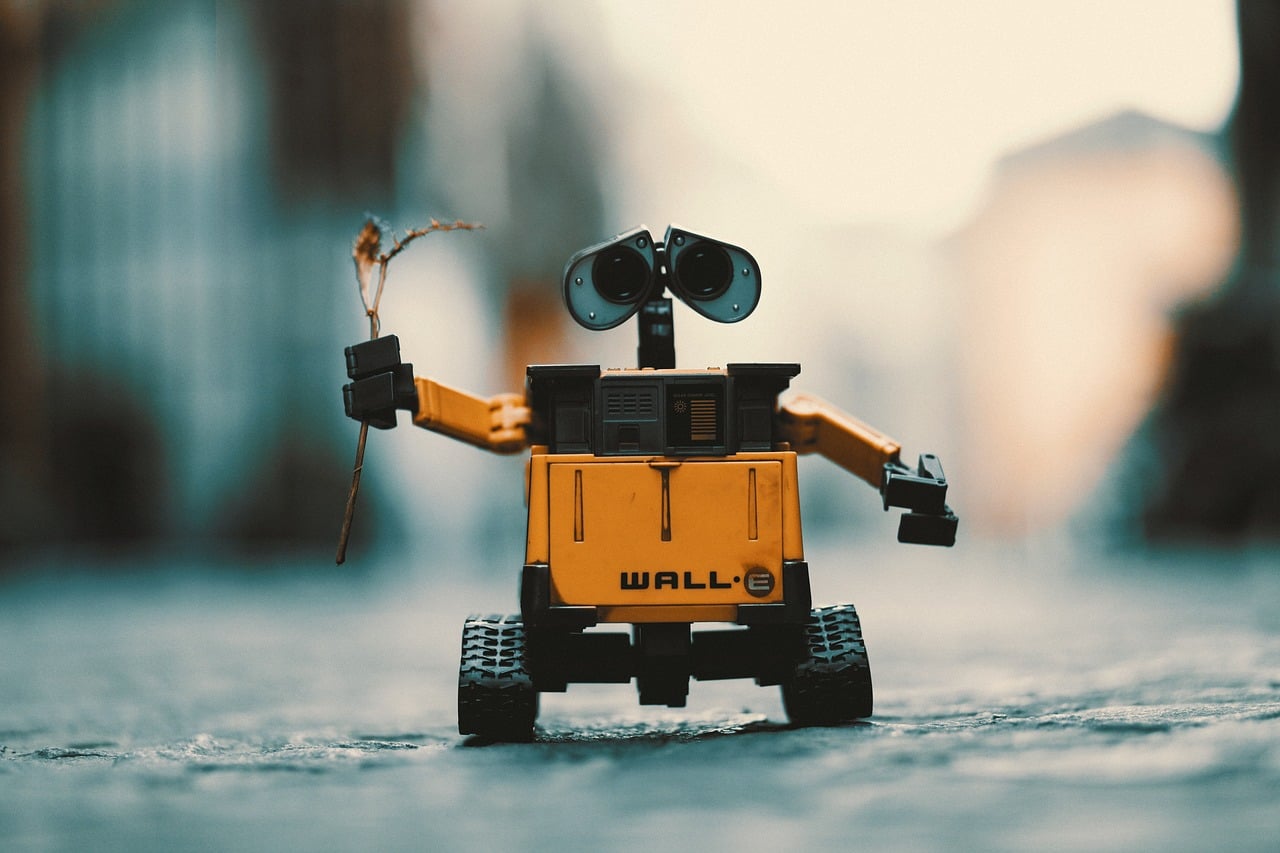The automotive industry has probably been the biggest beneficiary of robotic applications. The industry has been using robots especially for assembly applications for more than half a century. Modern automotive manufacturing calls for the use of automation in more processes.
Robots have advanced to be more efficient, accurate and versatile on the production lines. The automotive sector remains one of the most automated to date. It is dear to robotics manufacturers as it is one of the largest their largest customers.
Q4 2019 hedge fund letters, conferences and more
The myriads of wires and parts in motor vehicles are very intricate. The manufacturing process is very complicated as the components must be placed with precision. An industrial robotic arm is preferable to a human one in this task.
The following robotic applications are pivotal to the assembly line.
1. Machine Tending and Part Transfer
Handling molten metal is no job for a human being. The thought of what just a little spill could do bears not thinking about. Other tasks such as loading and transferring metal stamps are also better handled by large robotic arms.
Loading and unloading tasks, as well as machine tending ones, are performed by collaborative robots. Cobots are also used to perform manufacturing operations that are smaller.
2. Robotic Vision
An industrial arm with robotic vision is designed to perform precise tasks. It is able to see what it is doing as the wrist is fitted with a laser and camera assemblage that sends feedback to the machine instantly.
Modern robots can offset properly when they install a part. They are able to interpret where a part goes. Robotic arms are better suited for the installations of windshields, fenders and door panels than human arms.
3. Assembly
Light robotic arms are perfect for performing tasks such as assembling motors and pumps. These tasks require high speed. Robotic arms are excellent in performing tasks such as wheel mounting and screw driving among others.
Humans would find such tasks tedious. They are also susceptible to injury when performing high-speed tasks.
4. Sealing, Coating and Painting
Painting jobs are very toxic and have been known to mess up the respiratory system. Painting vehicles is not any better. Due to the toxicity involved, getting skilled automotive painters is always a challenge.
Robots come with the perfect solution for a couple of reasons:
- They are consistent
- They are machines; hence, will not be affected by the paint
Automotive painting demands consistency on each coat of paint. Robots are programmed to be consistent and will not err. They are also perfect for tasks such as spraying adhesives, primers as well as sealants. Moreover, a factory no longer has to deal with employee absenteeism caused by illness.
5. Removal of Material
Since there are precise and the margin of error is almost non-existent, robots are perfect for cutting and trimming tasks. Robots fitted with force-sensing technology are the best for these tasks. They are used to trim flash from polishing molds as well as plastic moldings. They are also used to cut fabric.
6. Internal logistics
AMRs and other automated vehicles are used to transfer raw materials from the storage area to the factory floor. They are therefore perfect for delivering welding materials to different robot stations on the production floor.
They make a faster job of it that humans ever could. In addition, they make the production floor more efficient and provide a steady workforce. The employee turnover for tasks such as these is quite high in many factories.
Conclusion
The automotive industry could not operate as effectively as it does without automation. Parts manufacturing, as well as assembly, are among the tasks that could not do without robotic assistance. Fortunately, getting a robotic workforce is easier today than it was years ago.
As a result, work on the assembly line of most automotive manufacturing plants has been more effective. With technological advancements, the final product has gradually become better. More technologically superior products such as self-driven vehicles have become possible.






